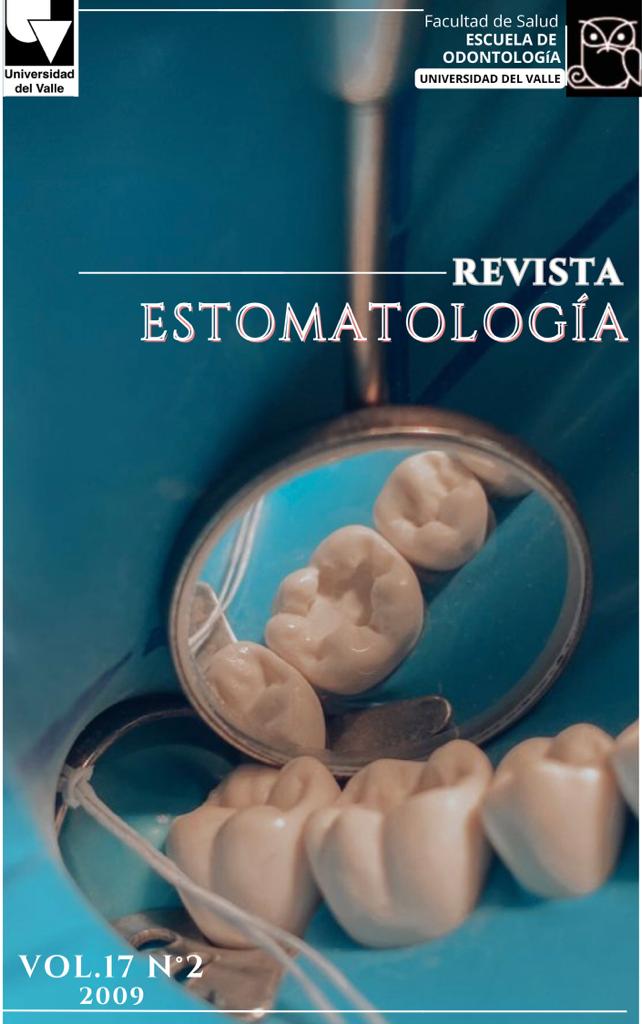Correlation of ten non-metric dental traits between deciduous and permanent molars of three ethnic colombian groups.
Keywords:
dental anthropology, dental morphology, morphology, non-metric dental traits, deciduous dentition, permanent dentition, correlationsMain Article Content
Summary
Objective: To determine correlations of ten non-metric dental crown traits NMDCT (Carabelli, hipocon2, enamel bridge, metaconule, protostylid, deflecting wrinkle, pattern cusp, cusp number and 6 and 7 cusp) between deciduous second upper (um2) and low (lm2) molars, permanent first upper (UM1) and lower (LM1) molars and permanent second upper (UM2) and lower (LM2) molars were studied. Materials and Methods: This descriptive study determines the correlation of ten NMDCT through of the frequency and variability, observed on 201 dental casts of Cali racially mixed population, 84 dental casts of Puerto Tejada African-Colombian population and 60 dental casts of Colombian Amazons natives. Results: The Colombian Amazon natives showed high correlation in Carabelli and cusp number between um2/UM1; and very high in metaconule and pattern cusp. Cali racially mixed population showed moderated correlation in Carabelli, deflecting wrinkle and pattern cusp between um2/UM1; and high in 6 cusp. And between UM1/UM2/LM1/LM2 moderate in deflecting wrinkle; and high in protostylid, pattern cusp and 6 cusp. Puerto Tejada African-Colombian population showed moderated correlation between UM1/UM2/LM1/LM2 in deflecting wrinkle; and high in protostylid, pattern cusp and 6 cusp. Conclusions: Findings support the proposal of morphogenetic field theory, which exposes that the key tooth in deciduous and permanent molars is um2/lm2 because it retains the basic configuration of contact and number of cusps pattern, so UM1/UM2/LM1/LM2 will vary according to ethnic origin and to the environmental influence of each ofn three studied ethnic groups. Key words: Dental anthropology. Dental morphology. Non-metric dental traits. Deciduous dentition. Permanent dentition. Correlations.
Downloads
Los autores/as conservan los derechos de autor y ceden a la revista el derecho de la primera publicación, con el trabajo registrado con la licencia de atribución de Creative Commons, que permite a terceros utilizar lo publicado siempre que mencionen la autoría del trabajo y a la primera publicación en esta revista.

